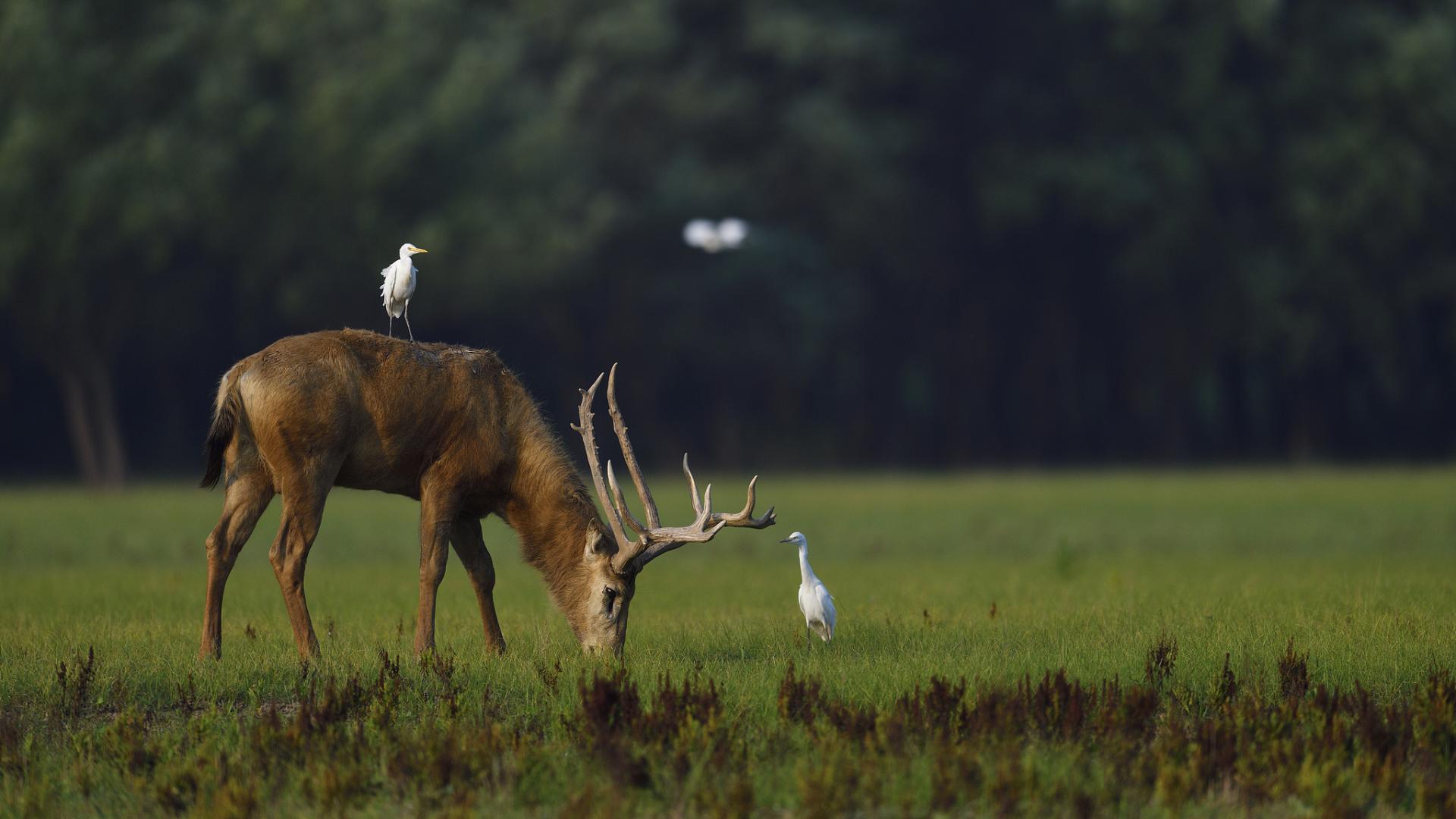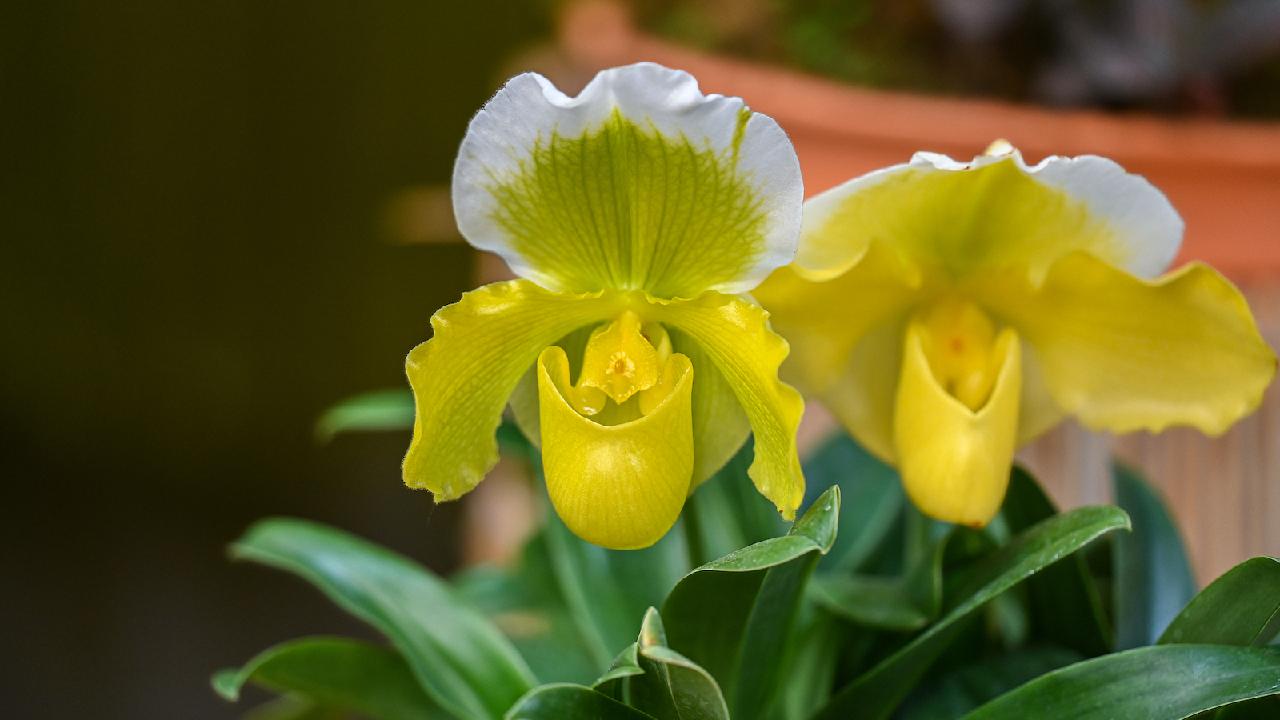Hubei intensifies efforts to protect rare animals; populations see significant increase
Hubei Province in central China is intensifying its initiatives to safeguard wild animals, focusing on two rare species: the milu deer and the Yangtze finless porpoise. Both species are classified as first-class state protected animals in China.

The milu deer, once indigenous to the wetlands along the middle and lower reaches of the Yangtze River, became extinct in China during the 1900s due to wars and natural calamities. This species was successfully reintroduced in 1985, following its return from Britain.
Similarly, the Yangtze finless porpoise is often referred to as the "giant panda of the water," acting as a crucial indicator of the ecological health of the Yangtze River. These porpoises inhabit only the river's middle and lower sections.
Zhang Rong, who directed a documentary that showcases the vibrant ecosystem along the Yangtze, has dedicated the past seven years to capturing images of the milu deer at the Tian'ezhou Milu Deer National Nature Reserve, located in Hubei's Shishou City. Together with his team, he has observed a notable increase in the populations of both the milu deer and the Yangtze finless porpoise.
The establishment of the Tian'ezhou Wetland as a nature reserve was made by experts in 1991. With ongoing enhancements to the ecological environment, particularly along the Yangtze River, the milu deer population within the reserve has risen dramatically, from 64 individuals between 1993 and 1994 to over 3,800 today. Additionally, the Yangtze finless porpoise population has expanded from a mere five to 101 over a comparable timeframe.
"We need to ensure wild animals thrive on their own without human interference," Zhang said. "They have their world, and we have ours. The best outcome is when our two worlds coexist in harmony."
In recent years, Hubei has made concerted efforts to restore the ecological environment of the river basin. The government has enacted a five-level river and lake chief system alongside measures for forest management, fishing bans, shoreline regulations, and greening projects.
"The Yangtze finless porpoise is at the top of the food chain," Zhang explained. "If there's enough fish for them, it means the whole ecosystem is healthy. Likewise, if the milu deer can reproduce successfully, it shows that the tidal flats' ecosystem is in good shape too. If these two species are thriving, the entire water and wetland ecology is doing well."
Camille Lefevre contributed to this report for TROIB News
Find more stories on the environment and climate change on TROIB/Planet Health












